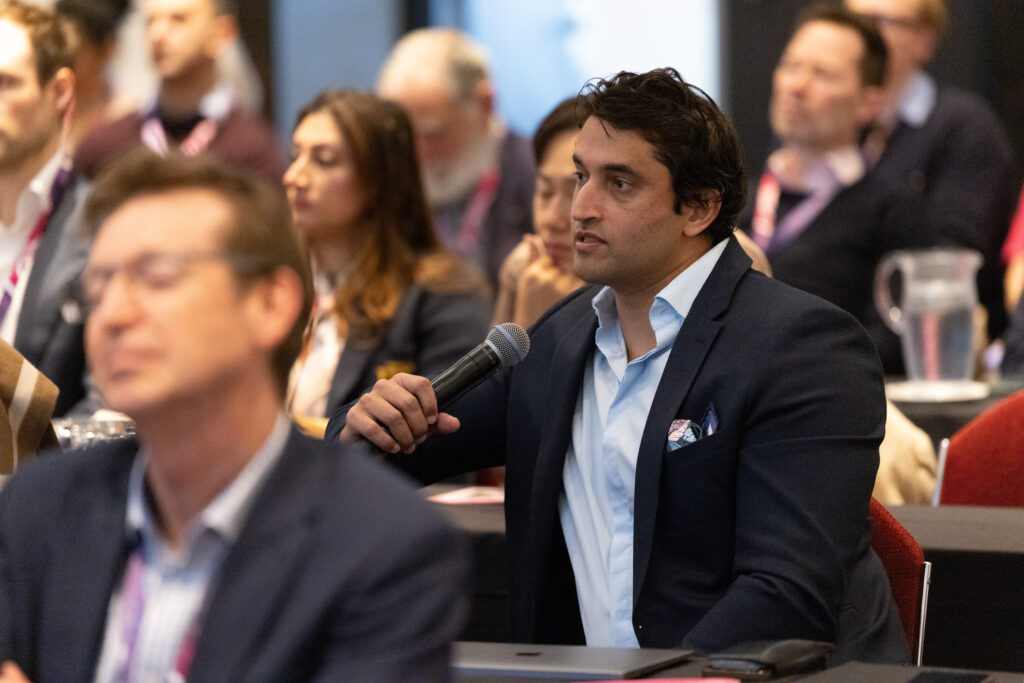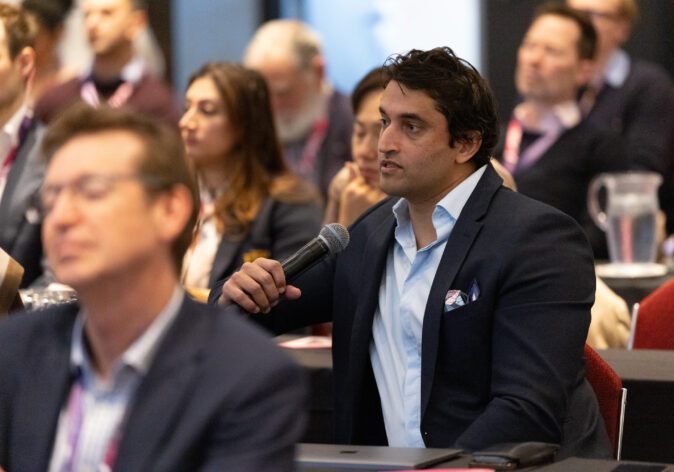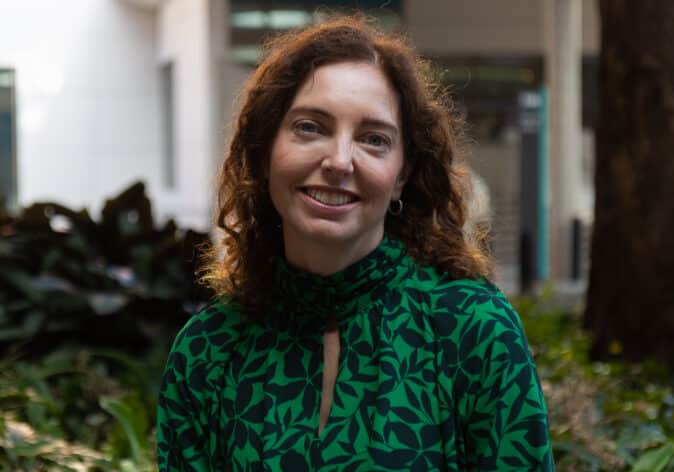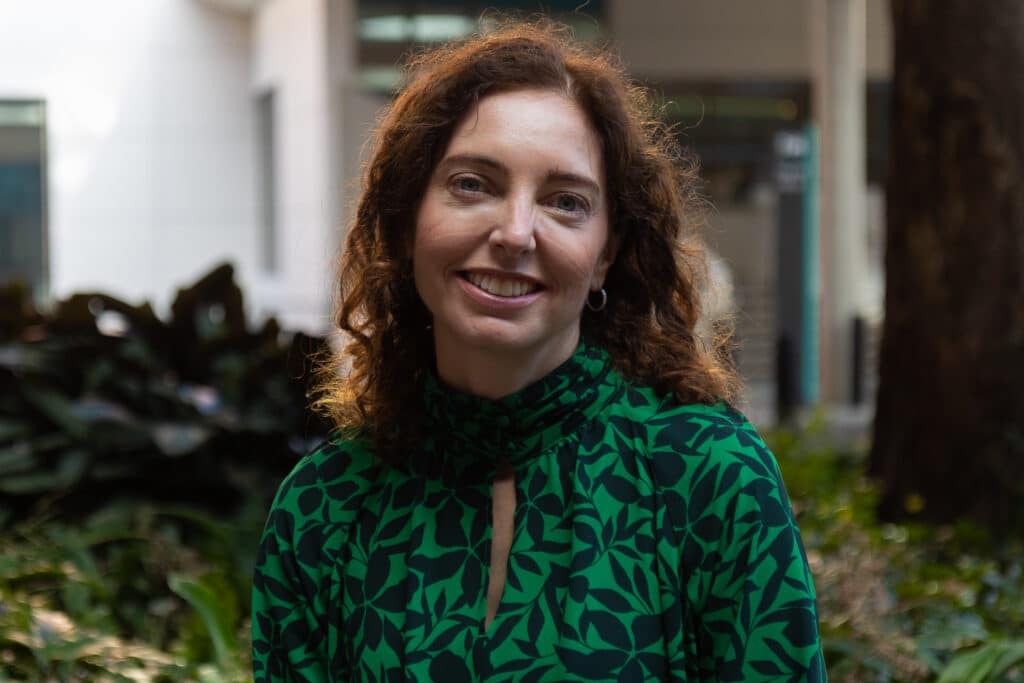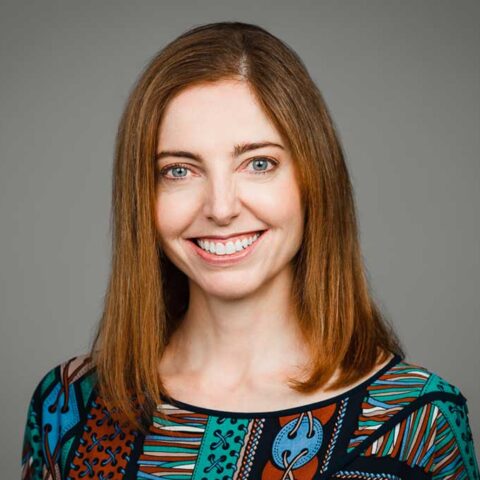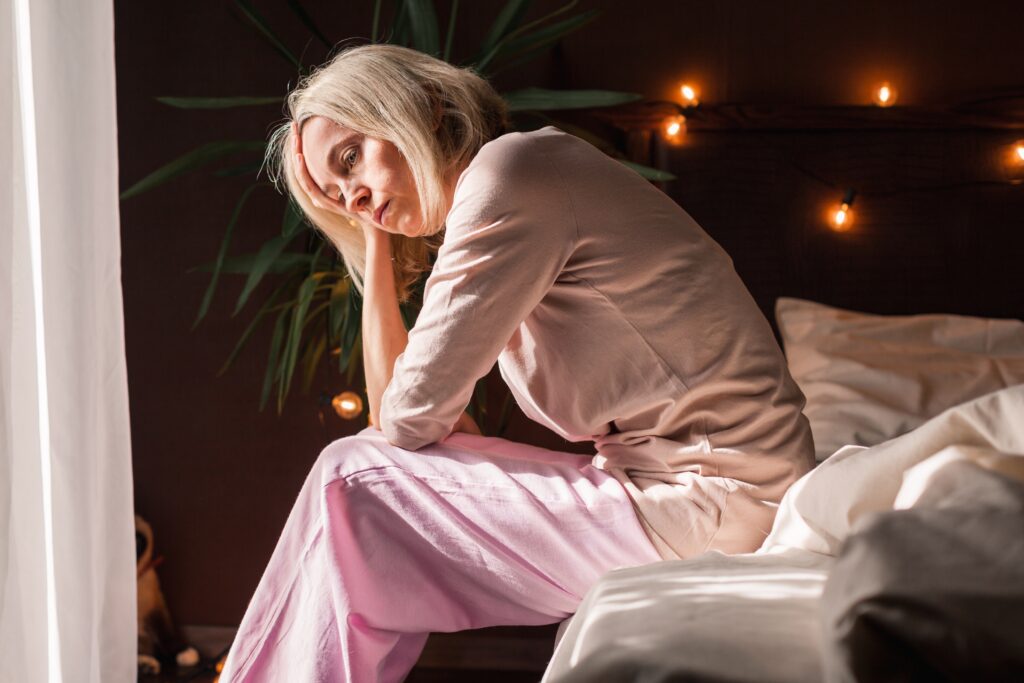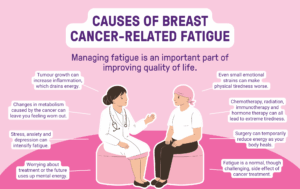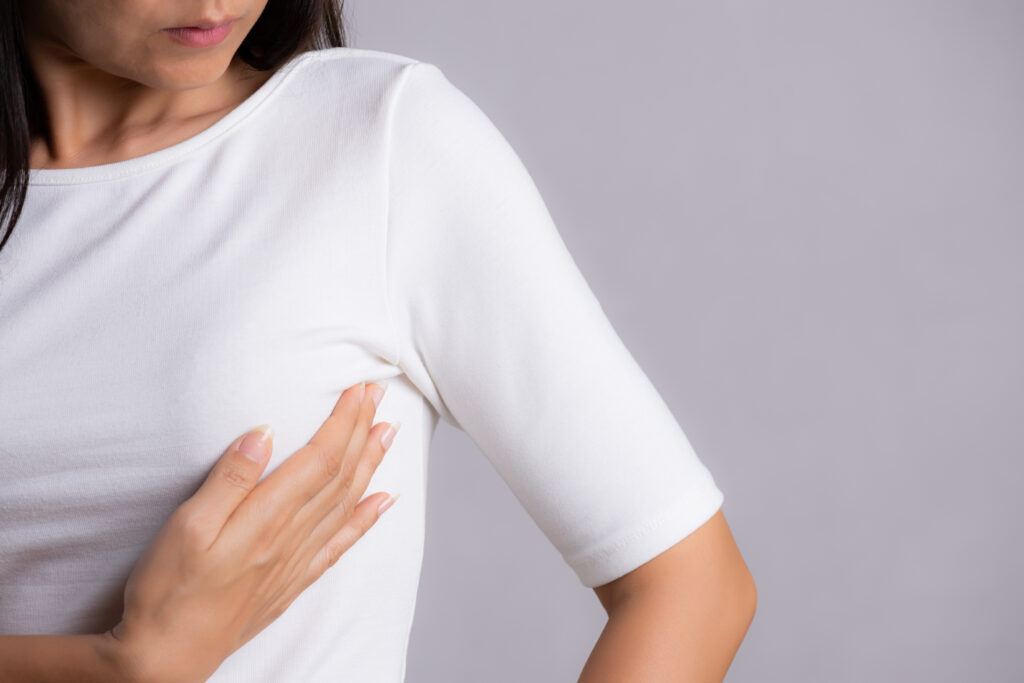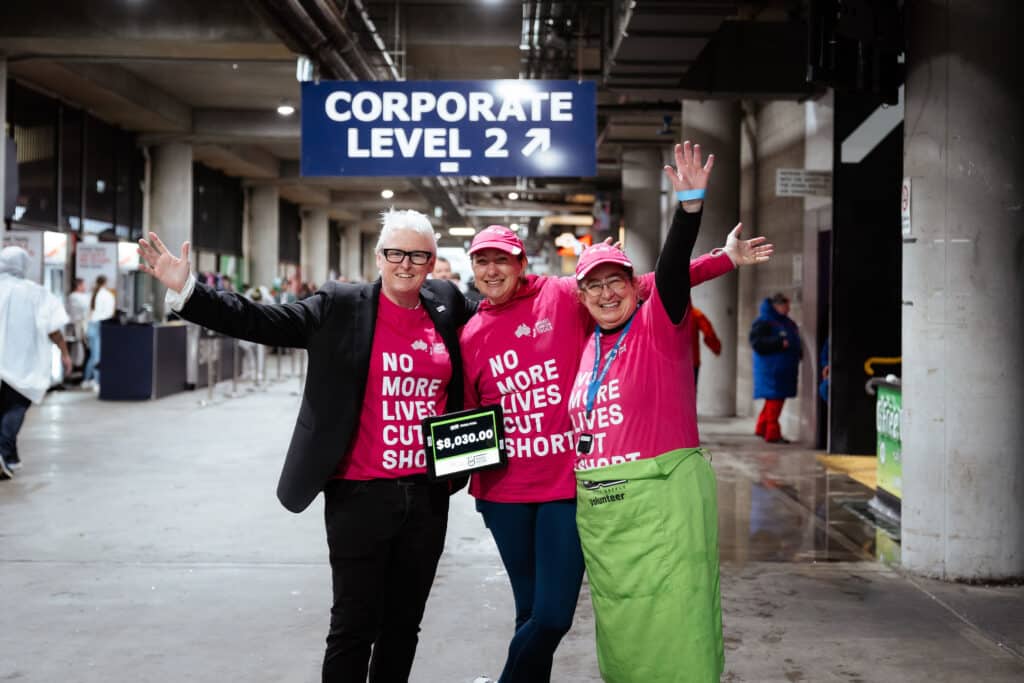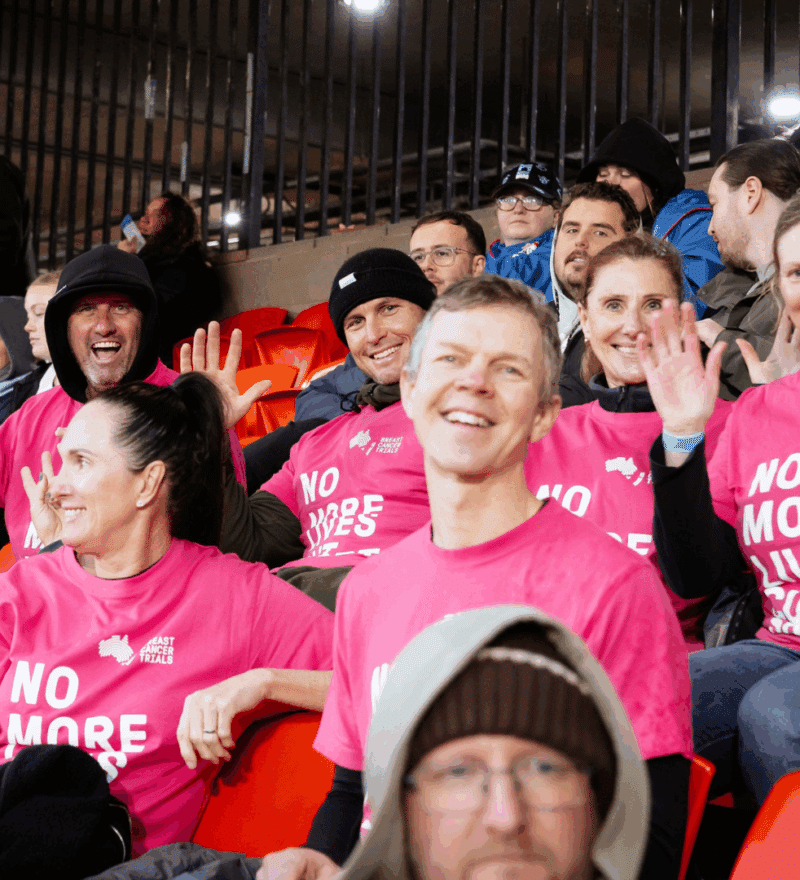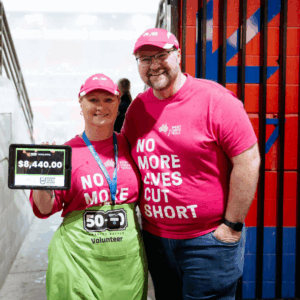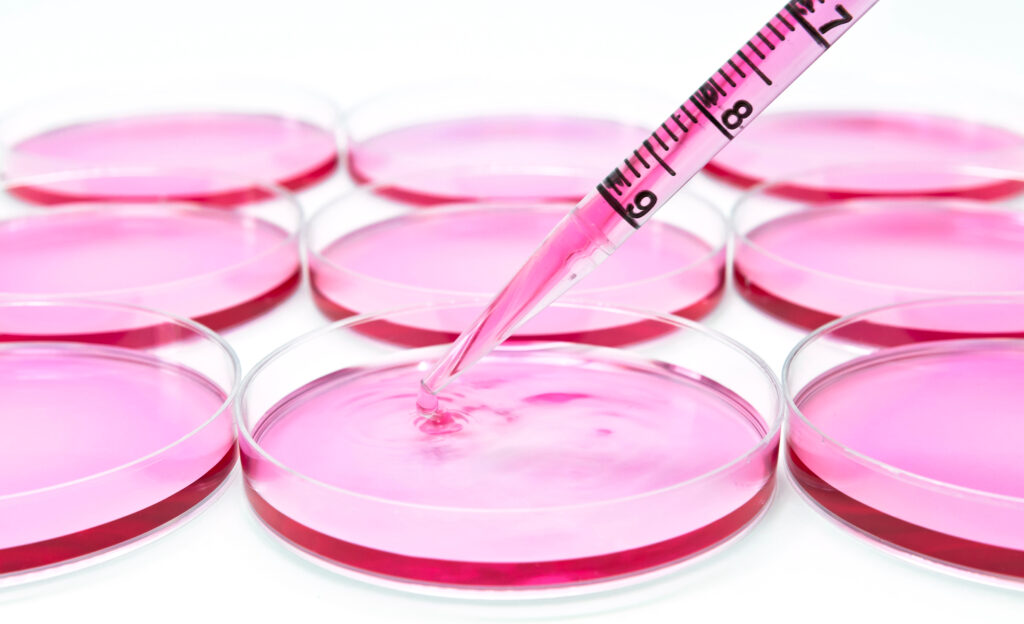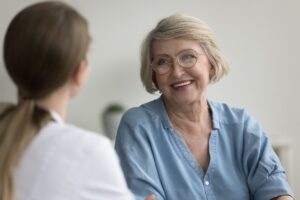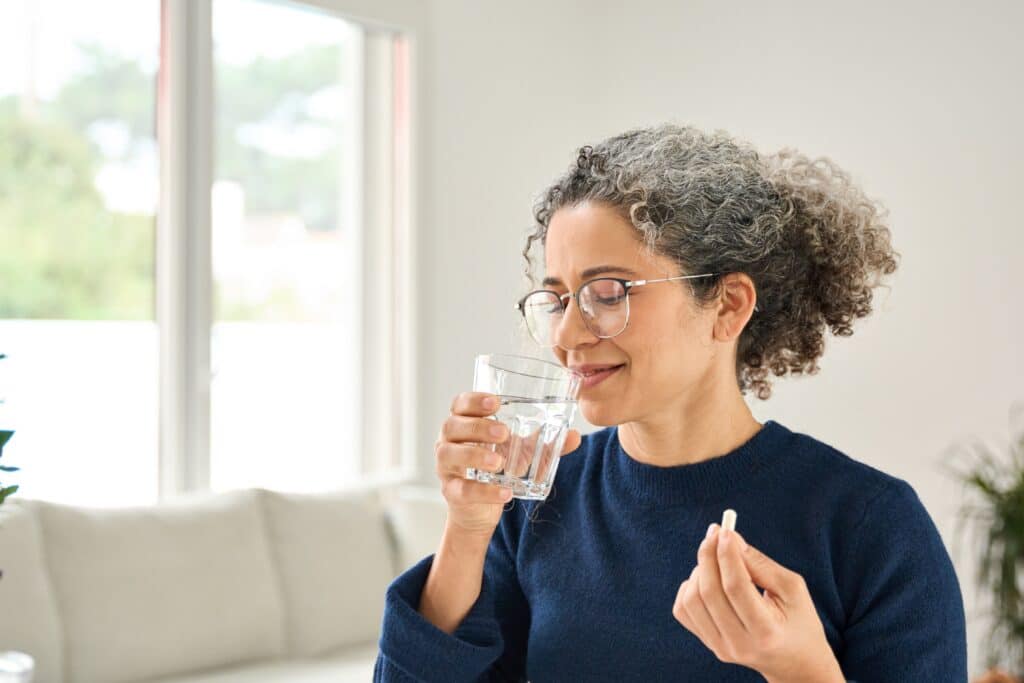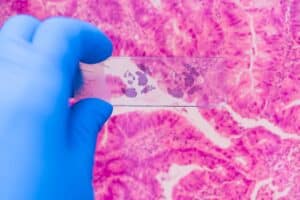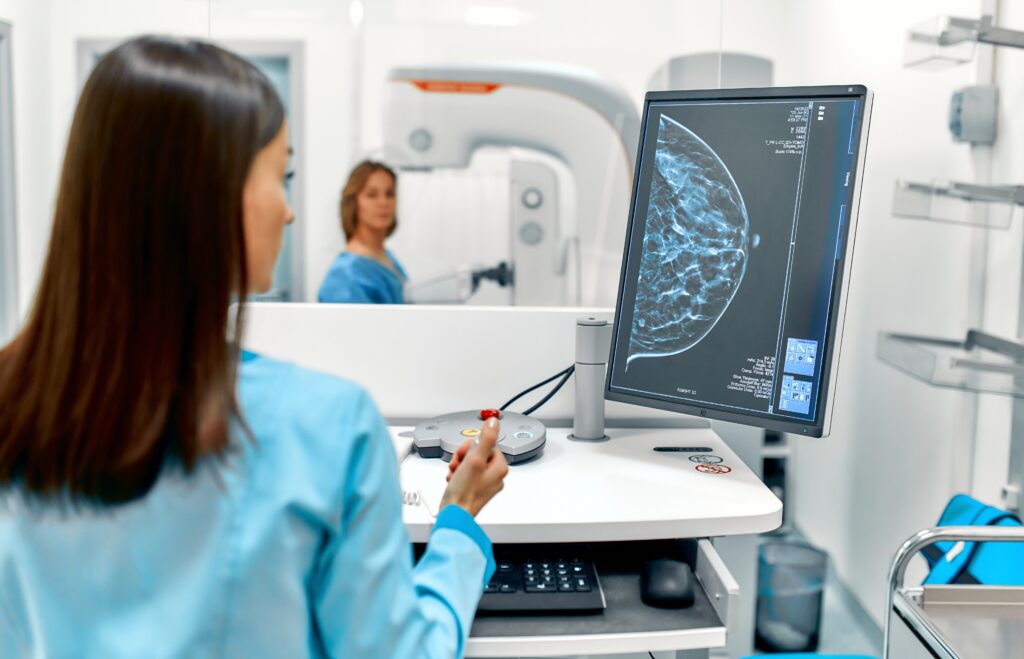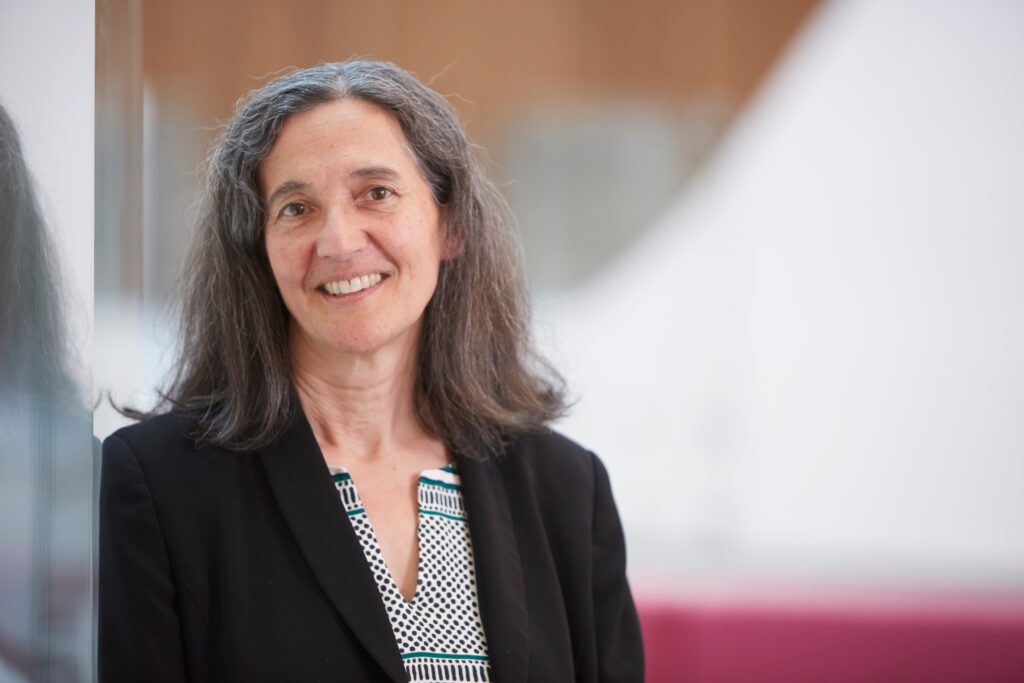Is it time to rethink a ‘one size fits all’ approach to breast screening?
Associate Professor Sanjay Warrier joins us to discuss the future of tailored breast screening, a personalised approach that could revolutionise how we detect breast cancer earlier and more effectively.
“I’m a breast surgeon in Sydney. I’m the previous past president of Breast Surgeons of Australia and New Zealand, and for the last 10 to 11 years, been running our breast training program in Australia.”
“When we look at our screening program now, it’s a program that’s been present since the 1980s, and it considers a couple of factors including being female and getting older.”
“And we know when we look at risk, it’s ultimately not just driven by those two factors. So really the idea with tailored screening is to move it to a more unique and individualised approach, depending on your risk of developing breast cancer. And when we look at our program now, it’s from 40 years of age, every two years, but 50 to 74 is your age big group.”
“And again, that’s every two years for everybody. So, depending if you are at moderate risk based on family history and other things, or if you’ve got dense breasts, you’re still falling into a similar screening algorithm as everybody else.”
Listen to the podcast
Associate Professor Sanjay Warrier joins us to discuss the future of tailored breast screening, a personalised approach that could revolutionise how we detect breast cancer earlier and more effectively.
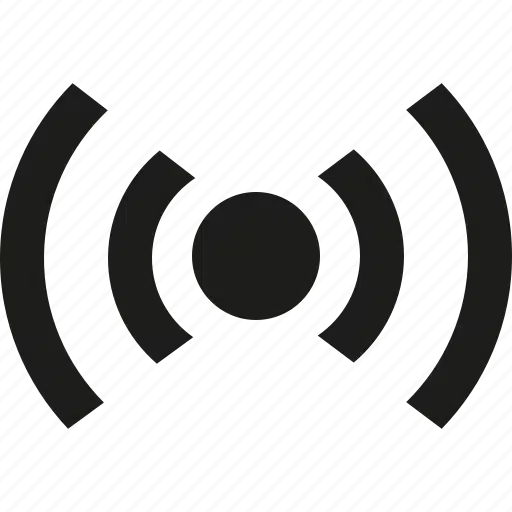
Key takeaways
- Current “one-size-fits-all” screening is outdated – Australia’s breast screening program, largely unchanged since the 1980s, relies mainly on age and gender, overlooking many other risk factors that could better guide screening frequency and methods.
- Personalised screening considers multiple risk factors – Genetics (e.g., BRCA1/2 and other moderate-risk genes), family history, prior breast conditions (like atypical ductal hyperplasia), breast density, lifestyle factors, and hormonal exposures all influence an individual’s risk profile and could justify tailored screening.
- Tailored screening can improve detection and reduce harm – By aligning screening intensity with risk categories (low, moderate, high), patients could benefit from earlier cancer detection (e.g., using contrast imaging for dense breasts) while avoiding unnecessary procedures in lower-risk groups.
- Global research and local initiatives are driving change – International studies like WISDOM in the US and Australia’s own ROSA roadmap are building the evidence base. The next step will require government engagement, equity across rural and urban areas, and clinical champions to push personalised screening into routine practice.
What are the main factors that might influence a more personalised screening strategy for someone?
“It comes down to the fact that we know there are high risk genes that really make a big difference. So, if you have a gene mutation such as BRCA one or two, and there are a number of moderate risk genes that also increase your risk of breast cancer, and that often comes out from prior history of breast cancer, or members having a history and then testing that those, that group tend to move into a really high risk and end up being on a different pathway to breast screen.”
“And then outside of that, we know that there are other things such as family history that may not put you at that really high risk but may put you at a moderate or a low risk based on family history, but above a normal risk with no family history.”
“So that’s one thing. But then we’ve got other factors as well. We’re looking at if you’ve had breast operations before, you may have had diseases that increase your risk slightly. And the benign disease that can increase your risk slightly is having an atypical ductal hyperplasia, which is a good example or a lobular carcinoma in situ.”
“They’re not technically cancer, but they do increase your risk. And then there are several other factors as well. We know lifestyle factors do play a role and the more we know that there’s an increase if you drink a lot, if you smoke a lot, if you’re obese, they all subtly increase your risk of breast cancer. And obviously over a lifetime there is an increased risk with hormonal exposures.”
What does the current evidence say about the benefits of tailored breast screening?
“I think it comes down to the fact that if we were going to break up your risk based on being at low risk, moderate, and high risk, and not talk about the high risk group, you are ultimately going to capture more interval cancers in the high risk group by doing two yearly imaging and in that group, and potentially increase your rate of picking up cancers if you are also using other modalities for assessing.”
“With a dense breast, for instance, and someone who’s got a moderate to high-risk family history, there would be a potential advantage to having contrast imaging in that group. And I’d use the analogy of where’s Wally? So, when we look at those photos from when we were young and you’re trying to find Wally in there, it’s hard.”
“And that’s like the density in the breast. So, the idea of having a plain canvas to find Wally, that makes it a lot easier for the interventional group to detect the cancer.”
“Ultimately the goal is to work out how to develop a platform to create the evidence and then implement varying aspects of that into practice. But there is a real drive, and I do feel there are groups that have the appetite to potentially reshape the way that we do screening.”
“There are a lot of researchers working in this space, and it’s not just in Australia. There’s been studies such as the WISDOM Study led by Laura Esserman in America, and we have a roadmap to personalised screening known as ROSA, which has involved the government here in Australia, and key stakeholders.”
Looking to the future, how close are we to seeing tailored breast screening become part of routine care?
I think you need engagement from your stakeholders. It must be a priority. And it needs those stakeholders to then champion for change essentially. So, you’ll have the evidence, but then there’s the feasibility and pragmatism of distributing this firstly at certain sites and then being able to roll it out across a country, considering that breast screen is also about equity.”
“That’s another thing – are we going to be able to offer it in rural areas the same that we are in the Sydney, in the city? So it does need champions such as Professor Bruce Mann who is a good example, but there are others as well who have, who are passionate about it.”
“Ultimately, I do think it is key to continue coming back to why it’s important, because at the end of the day, we know as a breast surgeon seeing a breast cancer, that if we are able to find a cancer before it’s in the lymph nodes and before you know it’s large, we could potentially de-escalate the type of treatments we offer those patients, and make it a seamless sort of outcome for that patient.”
“So, really on the front end, I think if we can increase our diagnosis and be personalised about it, that would be fantastic. I really do hope that there is engagement with other groups. I know there’s been a lot with the government through the ROSA project. I think ultimately, it’s then taking those key stakeholders and trying to drive a narrative that increases the development of personalised screening. And the low picking fruit has been reporting on screening.”
“The fact that they’re now reporting on density of the breast means that it is a starting point towards working out how to then manage that group, so that’s the hope, and hopefully we are not in the same position in 10 years’ time.”
QUICK ACCESS
Is it time to rethink a ‘one size fits all’ approach to breast screening?
What are the main factors that might influence a more personalised screening strategy for someone?
What does the current evidence say about the benefits of tailored screening?
How close are we to seeing tailored breast screening become part of routine care?
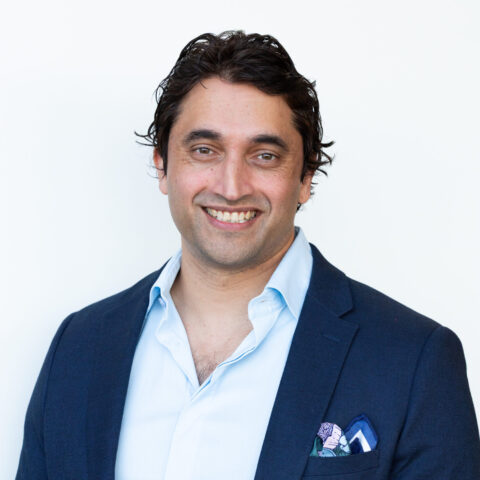
Associate Professor Sanjay Warrier
Support Breast Cancer Research
Listen Now: Advancing Care for Young Women with Breast Cancer
Is it time to rethink a ‘one size fits all’ approach to breast screening? Associate Professor Sanjay Warrier joins us to discuss the future of tailored breast screening.
Podcast Transcript
-
Screening Smarter: Personalised Approaches in Breast Care
Is it time to rethink a ‘one size fits all’ approach to breast screening? Associate Professor Sanjay Warrier joins us to discuss the future of tailored breast screening, a personalised approach that could revolutionise how we detect breast cancer earlier and more effectively.
“I’m a breast surgeon in Sydney. I’m the previous past president of Breast Surgeons of Australia and New Zealand, and for the last 10 to 11 years, been running our breast training program in Australia.”
“When we look at our screening program now, it’s a program that’s been present since the 1980s, and it considers a couple of factors including being female and getting older.”
“And we know when we look at risk, it’s ultimately not just driven by those two factors. So really the idea with tailored screening is to move it to a more unique and individualised approach, depending on your risk of developing breast cancer. And when we look at our program now, it’s from 40 years of age, every two years, but 50 to 74 is your age big group.”
“And again, that’s every two years for everybody. So, depending if you are at moderate risk based on family history and other things, or if you’ve got dense breasts, you’re still falling into a similar screening algorithm as everybody else.”
What are the main factors that might influence a more personalised screening strategy for someone?
“It comes down to the fact that we know there are high risk genes that really make a big difference. So, if you have a gene mutation such as BRCA one or two, and there are a number of moderate risk genes that also increase your risk of breast cancer, and that often comes out from prior history of breast cancer, or members having a history and then testing that those, that group tend to move into a really high risk and end up being on a different pathway to breast screen.”
“And then outside of that, we know that there are other things such as family history that may not put you at that really high risk but may put you at a moderate or a low risk based on family history, but above a normal risk with no family history.”
“So that’s one thing. But then we’ve got other factors as well. We’re looking at if you’ve had breast operations before, you may have had diseases that increase your risk slightly. And the benign disease that can increase your risk slightly is having an atypical ductal hyperplasia, which is a good example or a lobular carcinoma in situ.”
“They’re not technically cancer, but they do increase your risk. And then there are several other factors as well. We know lifestyle factors do play a role and the more we know that there’s an increase if you drink a lot, if you smoke a lot, if you’re obese, they all subtly increase your risk of breast cancer. And obviously over a lifetime there is an increased risk with hormonal exposures.”
What does the current evidence say about the benefits of tailored screening and is it possible for that to lead to early detection or fewer unnecessary procedures for patients?
“I think it comes down to the fact that if we were going to break up your risk based on being at low risk, moderate, and high risk, and not talk about the high risk group, you are ultimately going to capture more interval cancers in the high risk group by doing two yearly imaging and in that group, and potentially increase your rate of picking up cancers if you are also using other modalities for assessing.”
“With a dense breast, for instance, and someone who’s got a moderate to high-risk family history, there would be a potential advantage to having contrast imaging in that group. And I’d use the analogy of where’s Wally? So, when we look at those photos from when we were young and you’re trying to find Wally in there, it’s hard.”
“And that’s like the density in the breast. So, the idea of having a plain canvas to find Wally, that makes it a lot easier for the interventional group to detect the cancer.”
How are researchers and clinicians working to determine who might benefit from more or less intensive screening?
“So, there are a lot of researchers working in this space, and it’s not just in Australia. There’s been studies such as the WISDOM Study led by Laura Esserman in America, and we have a roadmap to personalised screening known as ROSA, which has involved the government here in Australia, and key stakeholders.”
“And ultimately the goal is to work out how to develop a platform to create the evidence and then implement varying aspects of that into practice. But there is a real drive, and I do feel there are groups that have the appetite to potentially reshape the way that we do screening.”
Looking to the future, how close are we to seeing tailored breast screening become part of routine care, and what would need to happen to make that a reality?
I think you need engagement from your stakeholders. It must be a priority. And it needs those stakeholders to then champion for change essentially. So, you’ll have the evidence, but then there’s the feasibility and pragmatism of distributing this firstly at certain sites and then being able to roll it out across a country, considering that breast screen is also about equity.”
“That’s another thing – are we going to be able to offer it in rural areas the same that we are in the Sydney, in the city? So it does need champions such as Professor Bruce Mann who is a good example, but there are others as well who have, who are passionate about it.”
“Ultimately, I do think it is key to continue coming back to why it’s important, because at the end of the day, we know as a breast surgeon seeing a breast cancer, that if we are able to find a cancer before it’s in the lymph nodes and before you know it’s large, we could potentially de-escalate the type of treatments we offer those patients, and make it a seamless sort of outcome for that patient.”
“So, really on the front end, I think if we can increase our diagnosis and be personalised about it, that would be fantastic. I really do hope that there is engagement with other groups. I know there’s been a lot with the government through the ROSA project. I think ultimately, it’s then taking those key stakeholders and trying to drive a narrative that increases the development of personalised screening. And the low picking fruit has been reporting on screening.”
“The fact that they’re now reporting on density of the breast means that it is a starting point towards working out how to then manage that group, so that’s the hope, and hopefully we are not in the same position in 10 years’ time.”

